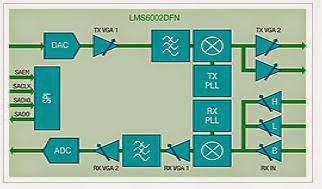DVB-T ATV UT100C Getting there: Transmitting video files , getting constellation diagrams

I have had success with transmitting video files, both test and HDMI ones I have captured off my camcorder via a Avermedia DarkCrystal HD Capture Pro PCI-E card. It all works as intended at full frame rate. The UT100C works well with files, even Full HD. Dongle at 1mW to rabbit's ears antenna, received off main house TV antenna. There is new software for the UT100C at https://www.dropbox.com/sh/dvshv74hvjkau3a/uifV9Ve95l I was using Windows 8 but swapped back to Windows 7. Not sure it makes much difference as there is now a signed Windows 8 driver. Some receiver screenshots: The image and channel properties at 16QAM. TV receiver software is ProgDVB. It works, its free, its been around a long time. The 16QAM constellation diagram from Crazyscan2 with TBS 6220. (I think this is very neat! All praise crazycat69!) Re-transmitted at 64QAM as per Australian DVB-T standard. The band scan showing my strong signal and the FTA stations further up...






